By substituting whey protein powder for a portion of the flour in baking, the recipe can be modified to boost the protein content while maintaining the original carbohydrate content. At this stage, the dimensions are altered. Powdered protein is a convenient form of derived protein that is easily accessible. Whey or pea protein can be utilized to produce it in a lab setting. Each is a viable option. Protein derived from hemp is included in the powders. The use of protein powder is one of the methods I use to increase the amount of protein in a recipe. If the recipe calls for both flour and protein powder, substitute one-third of a cup of protein powder for each cup of flour called for in the recipe. To begin, in the bowl containing the flour mixture, replace one-third cup of the flour with protein powder. 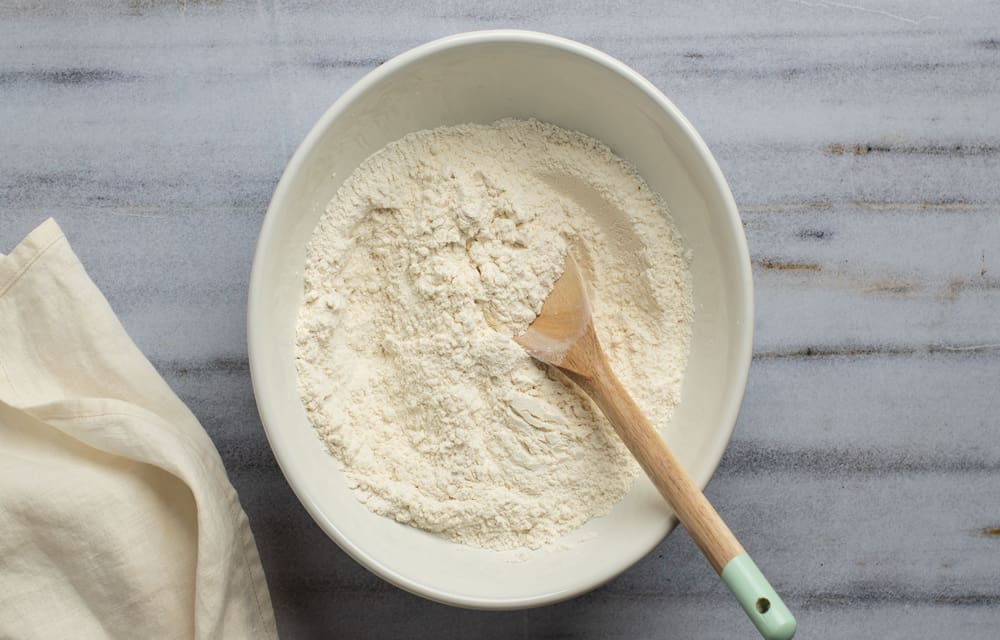 Protein powder can act as a direct substitute for flour in certain recipes, such as these peanut butter protein cookies. This alternative can be utilized in a variety of different recipes. Because protein powder has a higher protein concentration than flour, it can be used in place of flour in some recipes. Other recipes, like those for oatmeal protein pancakes, call for more flour to be used. Protein powder will replace flour. I have vanilla and chocolate protein powder. “Protein powder vs. flour” I also have tasteless protein powder. For me, combining the two works best. My protein shakes are last (which I usually drink every morning). You must perform study to choose a protein powder that meets all of your needs. When purchasing a protein powder, consider flavor, protein content, pricing, vegetarianism, and cleanliness.
Protein powder can act as a direct substitute for flour in certain recipes, such as these peanut butter protein cookies. This alternative can be utilized in a variety of different recipes. Because protein powder has a higher protein concentration than flour, it can be used in place of flour in some recipes. Other recipes, like those for oatmeal protein pancakes, call for more flour to be used. Protein powder will replace flour. I have vanilla and chocolate protein powder. “Protein powder vs. flour” I also have tasteless protein powder. For me, combining the two works best. My protein shakes are last (which I usually drink every morning). You must perform study to choose a protein powder that meets all of your needs. When purchasing a protein powder, consider flavor, protein content, pricing, vegetarianism, and cleanliness. 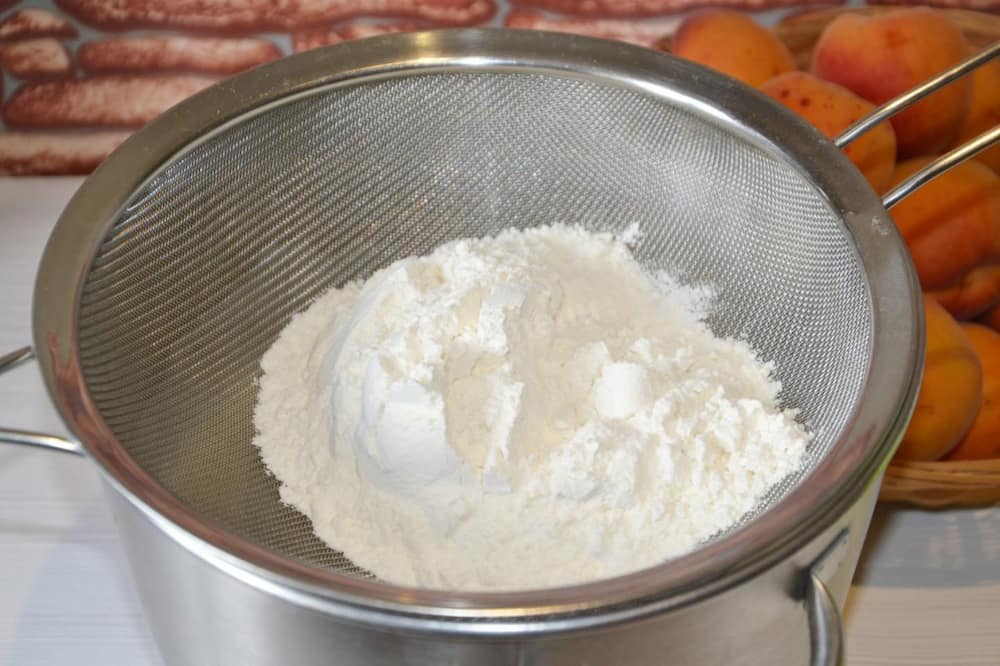
whey powder baking
if you want to use whey powder for baking, you have to know all types of the product. Whey is both a source of important nutrients and an important ingredient that may be added to a variety of foods in order to improve their functional qualities. Simply because it provides approximately half of the nutrients that are found in breast milk. Whey is primarily made up of carbohydrates in the form of lactose, proteins in the form of lactalbumin and globulins, minerals, and a variety of vitamins. Whey powder of sufficient quality should include fewer than 5 mg of copper, 1 mg of lead, and 20 mg of iron combined. 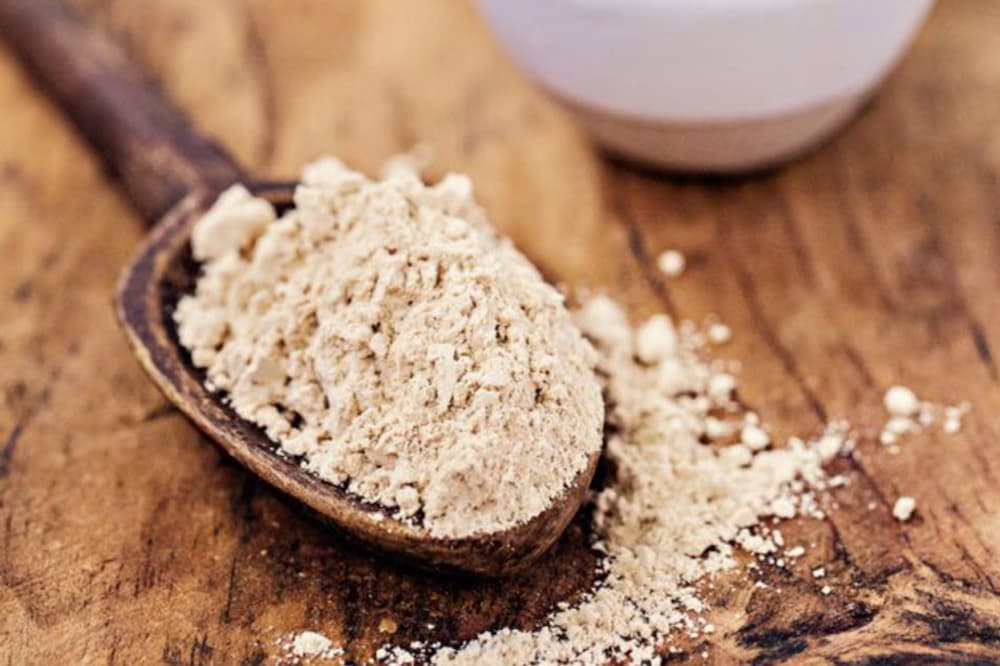 Sugared whey Dry whey is made by drying milk fat extracted during the manufacturing of cheddar, mozzarella, and other whey-enzyme-based cheeses (casein-binding enzyme products). Except for water, this powder has the same proportions as liquid whey. This powder should have a pH above 5.6 when dissolved in 10% solution. European countries generate most of this whey powder. The acidic whey This powder is made by drying fresh whey from acid-coagulated cheeses including cottage cheese, ricotta, and others. During microbial fermentation, milk’s lactose is converted to lactic acid, reducing its pH. This powder has a similar composition as sweet whey powder, but it includes less lactose and has a greater titratable acidity, resulting in a more acidic flavor. A 10% solution should be below 5.1 pH. Whey that is not mineralized This powder is derived from whey using a process that involves the selective removal of the majority (90-70 percent) of the minerals. Dilactose from Whey Crystallization of additional lactose in milk results in the recovery of the raw material that is used in the production of this powder, which is derived from whey.
Sugared whey Dry whey is made by drying milk fat extracted during the manufacturing of cheddar, mozzarella, and other whey-enzyme-based cheeses (casein-binding enzyme products). Except for water, this powder has the same proportions as liquid whey. This powder should have a pH above 5.6 when dissolved in 10% solution. European countries generate most of this whey powder. The acidic whey This powder is made by drying fresh whey from acid-coagulated cheeses including cottage cheese, ricotta, and others. During microbial fermentation, milk’s lactose is converted to lactic acid, reducing its pH. This powder has a similar composition as sweet whey powder, but it includes less lactose and has a greater titratable acidity, resulting in a more acidic flavor. A 10% solution should be below 5.1 pH. Whey that is not mineralized This powder is derived from whey using a process that involves the selective removal of the majority (90-70 percent) of the minerals. Dilactose from Whey Crystallization of additional lactose in milk results in the recovery of the raw material that is used in the production of this powder, which is derived from whey. 
Cooking with whey powder
Before you begin cooking with whey powder, it is important to know the benefits of the product. The powdered form of fresh whey is created by spray-drying fresh whey liquid. There are two different suppliers of sweet whey. The production of mozzarella, cheddar, and Swiss cheese through pressing, as well as the use of rennet. Whey protein acidic is produced by others. Depending on the cheese, the sweet whey could be made using organic or conventional methods. If artificial substances or preservatives are used in the cheesemaking process, the resulting sweet whey will have traces of these ingredients and will have a less desirable flavor. The protein content is lower in sweet whey powder compared to that of commercial protein isolates. It contains a lot of lactose. Lactose makes up about 70 percent of whey.  The advantages of using whey powder This powder is good for you. This powder is frequently used in various dishes. The following are some of the health benefits of using this powder: It helps to build muscle. Muscle gains require protein. Consuming enough protein may decrease muscle loss with age. People who must gain weight may benefit from whey protein’s contents. Using whey after an injury or surgery helps hasten wound healing. Blood sugar balancer Whey protein may be beneficial for blood sugar management if it is consumed either before or after a meal that is high in carbohydrates. Diabetics may benefit from this. Consult your healthcare provider before consuming this powder. Facilitator of weight loss Another advantage of using powder is reduced body fat. Protein has been shown to stimulate appetite and aid in weight loss. Studies have shown that whey protein can be beneficial to weight loss. This powder, when combined with an otherwise healthy diet and an exercise routine, may assist you in achieving your weight loss goals.
The advantages of using whey powder This powder is good for you. This powder is frequently used in various dishes. The following are some of the health benefits of using this powder: It helps to build muscle. Muscle gains require protein. Consuming enough protein may decrease muscle loss with age. People who must gain weight may benefit from whey protein’s contents. Using whey after an injury or surgery helps hasten wound healing. Blood sugar balancer Whey protein may be beneficial for blood sugar management if it is consumed either before or after a meal that is high in carbohydrates. Diabetics may benefit from this. Consult your healthcare provider before consuming this powder. Facilitator of weight loss Another advantage of using powder is reduced body fat. Protein has been shown to stimulate appetite and aid in weight loss. Studies have shown that whey protein can be beneficial to weight loss. This powder, when combined with an otherwise healthy diet and an exercise routine, may assist you in achieving your weight loss goals. 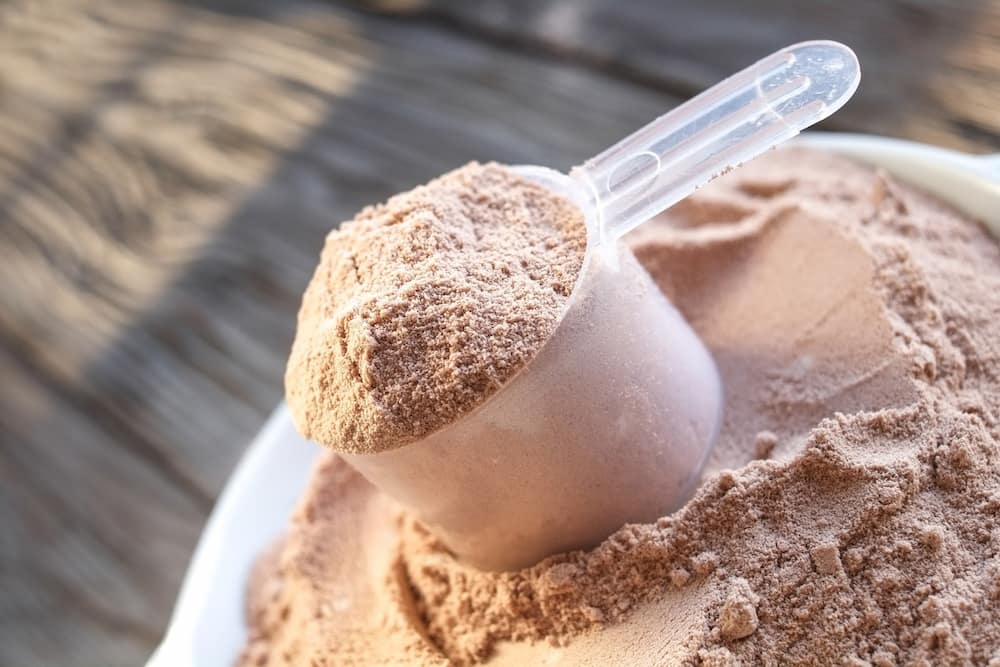
substitute for whey powder in baking
knowing whey powder to use in baking or substitute it for other products is very crucial. In its final form, whey has a range of applications, but one of its most popular uses is in the food business. The food industry makes use of the several benefits sweet whey offers. This substance is a commodity that end-use industries such as dairy, sauces, baby food, bread, and confectionery utilize to increase the protein content of their products. Additionally, whey can be found in foods, most notably as protein powder containing whey isolates. In the food sector, whey powder is most frequently used to provide color and flavor to finished products.  When used as a culinary additive, whey functions as both an adhesive and a tonic for a wide range of dishes, including beef products, red peppers, chicken, sausages, and a variety of stews and soups. This powder is utilized in a wide range of products, including but not limited to bread products, dry mixes, processed cheeses, frozen desserts, sauces, meat emulsions, salad dressings, sweets, snacks, and beverages. Both non-mineral whey and dilactose whey powder are utilized in the preparation of newborn feeds, diet formulas, ready-to-use dry mixes, and dietary items in which the characteristics and concentration of minerals play a significant role. Whey is utilized in numerous food items, including snacks, cereals, chocolates, beverages, infant formula, dairy products, and baked goods. Due to the fact that whey prevents the growth of bacteria and reduces blood pressure, this is the case. The food sector will have a substantial demand for this powder as the human population is projected to continue expanding and eating habits continue to change. This powder has a longer shelf life once opened than other dairy products. Because this powder is long-lasting. Moving in is easy.
When used as a culinary additive, whey functions as both an adhesive and a tonic for a wide range of dishes, including beef products, red peppers, chicken, sausages, and a variety of stews and soups. This powder is utilized in a wide range of products, including but not limited to bread products, dry mixes, processed cheeses, frozen desserts, sauces, meat emulsions, salad dressings, sweets, snacks, and beverages. Both non-mineral whey and dilactose whey powder are utilized in the preparation of newborn feeds, diet formulas, ready-to-use dry mixes, and dietary items in which the characteristics and concentration of minerals play a significant role. Whey is utilized in numerous food items, including snacks, cereals, chocolates, beverages, infant formula, dairy products, and baked goods. Due to the fact that whey prevents the growth of bacteria and reduces blood pressure, this is the case. The food sector will have a substantial demand for this powder as the human population is projected to continue expanding and eating habits continue to change. This powder has a longer shelf life once opened than other dairy products. Because this powder is long-lasting. Moving in is easy. 
whey powder uses in food
After cheese and yogurt have been manufactured, the remaining liquid in the milk is evaporated to produce whey, which is then dried to a point where its moisture content is only 3%. Whey powder is the outcome of this process and uses in various foods. In addition to its high solubility, this product possesses qualities such as density and microbiological properties, as well as crystalline lactose, which preserves its quality. It prevents the material from absorbing any moisture at all. Whey contains a negligible quantity of sugar lactose, making it an excellent option for individuals who are lactose intolerant and struggle to break down this component of milk. Whey powder has a high nutritional value due to its rapid digestion, high solubility, viscosity, gel, and emulsion formation, and it is used extensively in the food industry, as well as in bread and confectionery items, dairy products, and meat products. 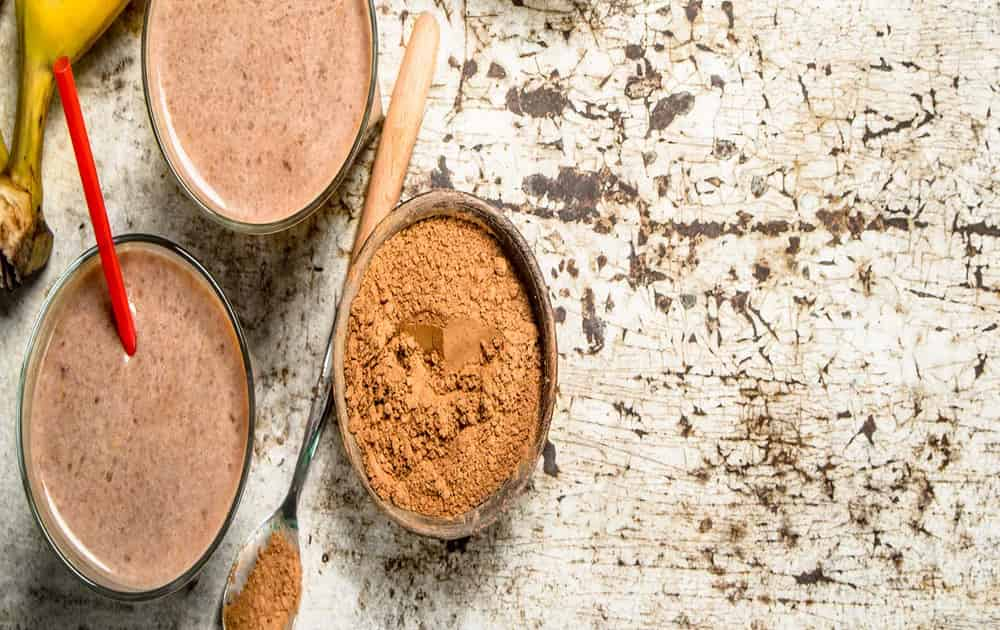 The flavor of whey powder is subtle, and its color ranges from very light cream to a pure white. Whey is the source of this powder. Varying methods of processing whey powder result in the product having a range of different protein concentrations. Because it contains a variety of proteins in varying proportions, this product has a diverse range of applications in the food sector. Whey powder uses in the food industry:
The flavor of whey powder is subtle, and its color ranges from very light cream to a pure white. Whey is the source of this powder. Varying methods of processing whey powder result in the product having a range of different protein concentrations. Because it contains a variety of proteins in varying proportions, this product has a diverse range of applications in the food sector. Whey powder uses in the food industry:
- Enhance the flavor of candies and other treats.
- In order to boost the nutritional value of food goods while also serving as a filler
- Due to the increasing amount of dry matter in the product, stabilizers are used in the manufacturing of yogurt and cheese.
- Utilized in the manufacture of sauces, pasta, desserts, frozen dairy products, and cheese as a source of flavor enhancement
- In order to achieve a higher overall protein content in meat products
- Due to the presence of lactose in whey, the incorporation of whey into the dough for bread and cake can prevent staleness, increase durability, and enhance the color of the bread’s surface.
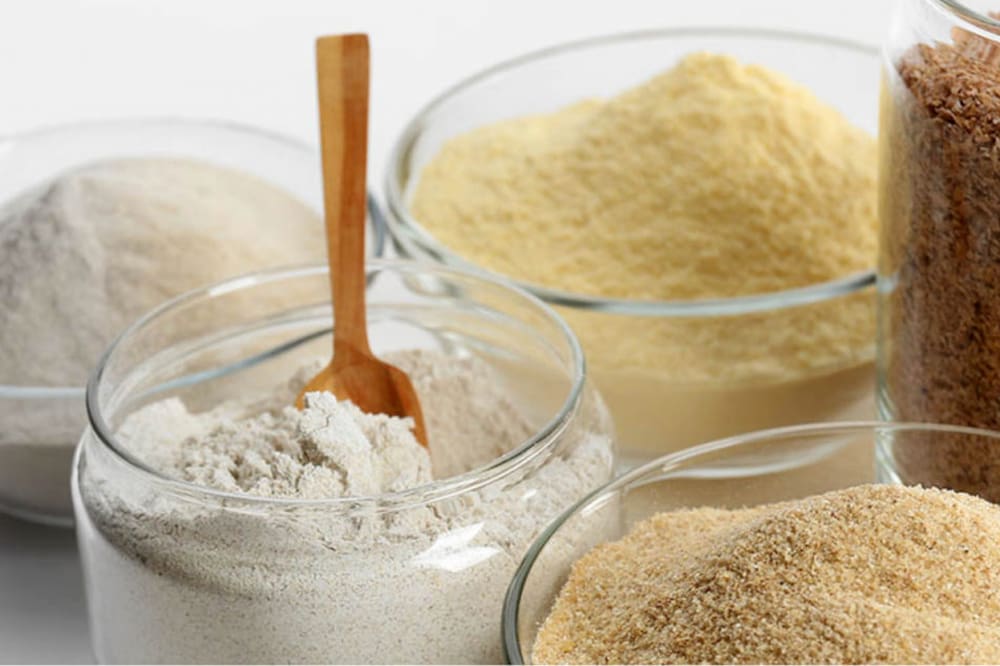
Eating whey powder without water
We have all, at one time or another, pondered the following question: Is eating whey powder without water or milk bad? Is it doable to measure dry protein powder with a scoop? Consuming protein powder in its dry state, is this a safe practice? In this essay, I will finally present a thorough solution to the aforementioned topic, which should answer any questions that you might still have at this point. To keep things simple, drinking protein powder without milk is comparable to eating flour in its uncooked dry state without first baking it. Milk is necessary for proper digestion of protein powder. Nevertheless, in spite of the fact that it has an awful taste, it is nevertheless able to supply all of the essential nutrients.  Using a dry scooping method allows you to obtain all of the beneficial elements that are included inside the powder. It makes no difference whether you consume it with milk or water when it comes out the same. Utilization of Protein Powder Without the Addition of Water The consumption of protein powder on its own is difficult. Imagine you’re trying to take 50 grams of protein powder but you don’t have anything to mix it with or wash it down with. What would you do? You should get ready for an experience that will be challenging for you. You should be prepared for things like powdered lumps, portions becoming stuck between your teeth, and even coughing as a possible side effect.
Using a dry scooping method allows you to obtain all of the beneficial elements that are included inside the powder. It makes no difference whether you consume it with milk or water when it comes out the same. Utilization of Protein Powder Without the Addition of Water The consumption of protein powder on its own is difficult. Imagine you’re trying to take 50 grams of protein powder but you don’t have anything to mix it with or wash it down with. What would you do? You should get ready for an experience that will be challenging for you. You should be prepared for things like powdered lumps, portions becoming stuck between your teeth, and even coughing as a possible side effect. 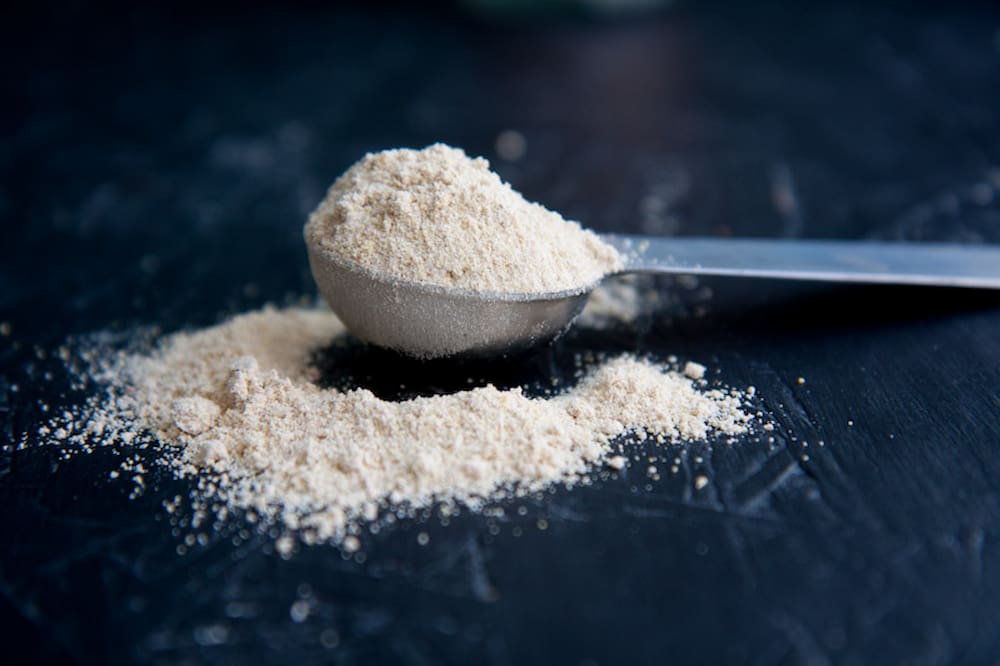
Eat whey powder dry
When is it appropriate to eat whey powder without dry? There are only two reasons why I can conceive of why someone would ingest protein powder straight from the container: one is convenience, and the other is laziness. The first reason is that you do not possess anything else with which to consume it. Imagine the following: You have finished an intense workout and are hungry for some protein that will digest quickly. Oh my gosh! You neglected to include the protein shake. You make the decision to purchase one from the fitness center, but they are all sold out Instantaneously, it is as if a light has been switched on in your head. You suddenly realize that you have stored a container of protein powder in the trunk of your automobile You walk over to your car and make the decision to be a man about the situation by chewing the protein powder dry.  The fact that the protein powder tastes awful leads me to believe that no one would consume it just out of the container. It’s possible that you have a protein powder that tastes awful when mixed with either milk or water. You make the alternative decision to consume it without first removing it from its container. Only then did I realize… …I prefer the flavor when it’s dry. Those are the only two reasons I can think of why someone would prefer to consume their protein powder in its dry form instead of mixing it with water or another liquid.
The fact that the protein powder tastes awful leads me to believe that no one would consume it just out of the container. It’s possible that you have a protein powder that tastes awful when mixed with either milk or water. You make the alternative decision to consume it without first removing it from its container. Only then did I realize… …I prefer the flavor when it’s dry. Those are the only two reasons I can think of why someone would prefer to consume their protein powder in its dry form instead of mixing it with water or another liquid.
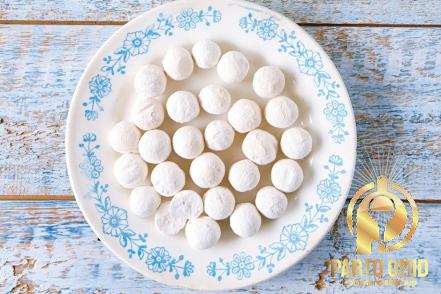
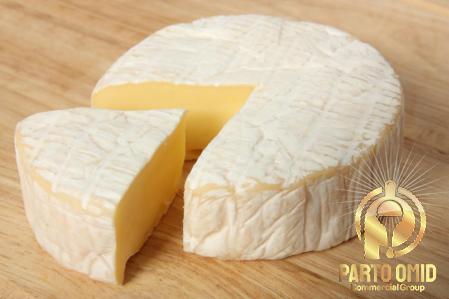
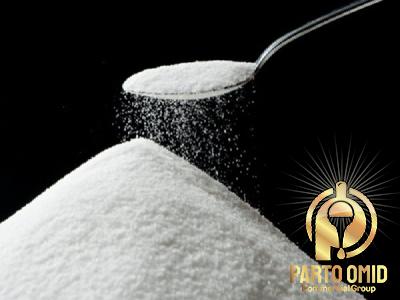
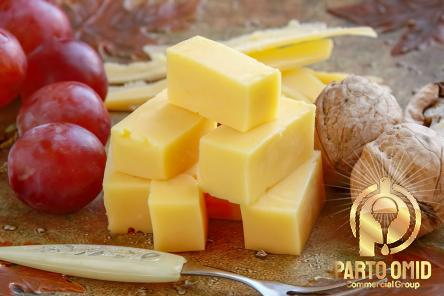
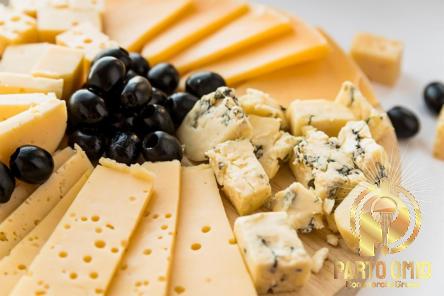
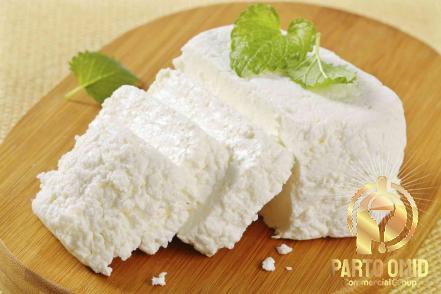
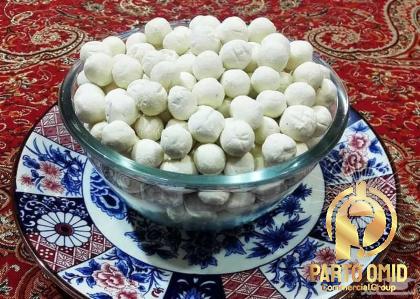
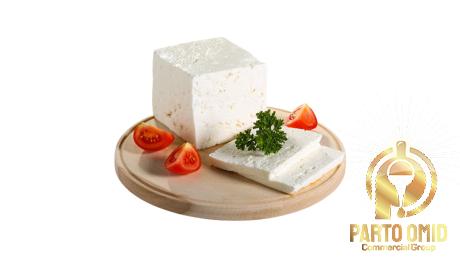
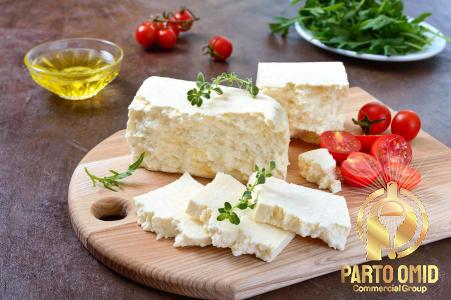
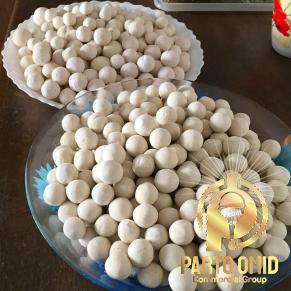
Your comment submitted.